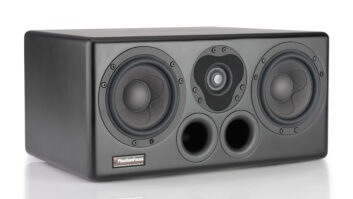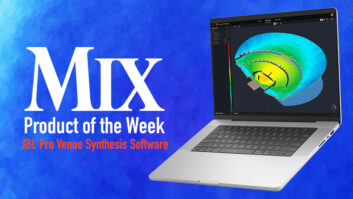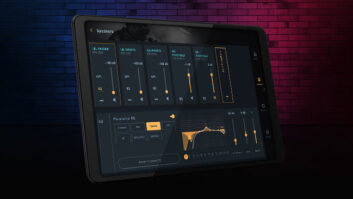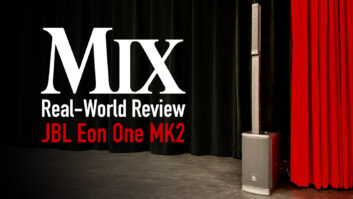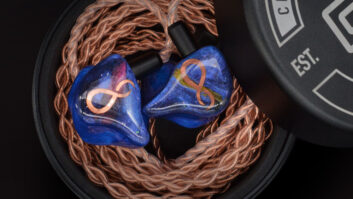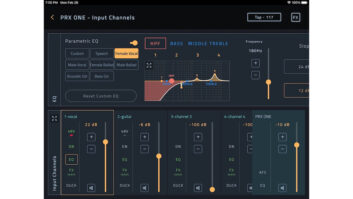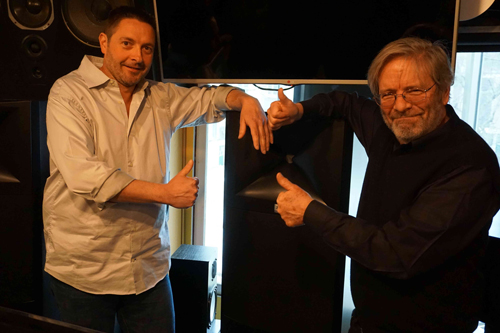
At McGill University in Montreal, Schulich School of Music Area Chair Richard King and Associate Professor George Massenburg are on the faculty for the Graduate Program In Sound Recording, one of the only audio education programs in North America that offers both a master’s and Ph.D. degree. At the end of 2014, the Schulich School of Music purchased three JBL M2 monitors, which are installed in the school’s main studio in a left-center-right configuration.
The room is used for teaching recording and mixing, conducting listening analysis measurements and advanced training programs.
The Graduate Program in Sound Recording covers all aspects of recording, including traditional and contemporary practices, and follows the European Tonmeister tradition of training musicians to become sound engineers. The school also offers instruction in video production.
“I go back a long way with Peter Chaikin of JBL,” says Massenburg, “and a few years ago I heard what was then a speaker in development that blew me away. A few years later I found out the speaker had evolved to become the M2. Naturally, I wanted to hear the finished version. It was a transformative experience.”
“One of the main reasons we picked the M2 is because this room is critical to our operations; we run it 24/7 here,” King says. “The first thing we teach our students is how to listen, so we need the most transparent loudspeaker available that lets them hear the most accurate representation possible of the mix. Now that we have the JBL M2 we know that’s exactly what they’re hearing.”
The facility does a lot of work in virtual acoustics and studying reverberation characteristics. “As you can imagine, being able to hear the most minute sonic detail is critical,” King adds. “A monitor as accurate and revealing across the entire frequency spectrum as the M2 is invaluable for this kind of work.”
Massenburg says he is impressed with the M2’s dispersion and accurate tonal balance across a wide area, and with the M2’s coherent sound quality and extended frequency response provided by its two-way design.
Before deciding on the M2, Massenburg also auditioned the speaker at Jungle City Studios in New York City. “I heard the M2 playing back hip-hop at really, really high volume levels with tremendous deep bass, and the speaker can clearly handle anything,” he says.
“We don’t want the loudspeaker to get in the way of the mixing process, and the M2 gets out of the way more than any other speaker we’ve heard,” King says. “We want to hear the most transparent playback possible so our students can properly choose everything else in the recording chain, and be confident that they’re hearing a faithful representation of the effect of that equipment chain. The M2 lets us hear the most exacting sonic aspects of the production.”
Massenburg adds, “If our students’ mixes don’t sound good, we know it’s not because of the speaker!”
Find information about the JBL M2 Master Reference Monitor.
Find information about McGill University’s Schulich School of Music’s Sound Recording Ph.D. program.
